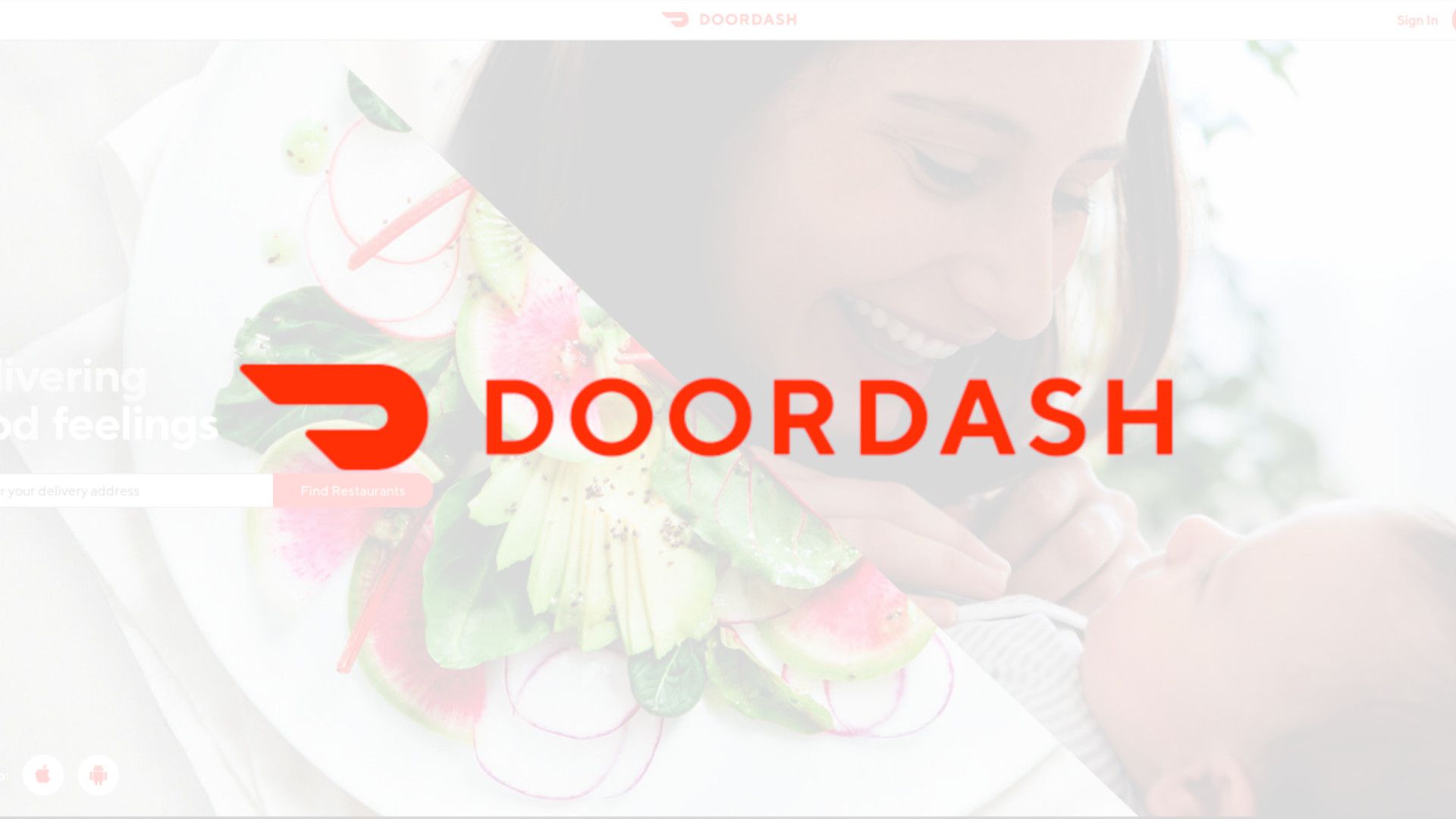At first glance, it appears that option traders are positioned for a positive move, as the open interest features a growing number of call options.
A rising number of call options remain in the open interest for DASH, and option premiums are at an usually elevated level right now.
However, a comparison between the stock’s price action and option activity shows that, if DASH delivers a negative report, the company’s share price could fall, moving below its 20-day moving average after the announcement.
A comparison between the details of both option behavior and stock price can grant chart watchers valuable insight; however, it is imperative to understand the context in which this price action took place.
In this time period, it’s notable that the lowest DASH share price was around $163 in mid-July, whereas the highest share price was roughly $193 in early August.
This array helps to highlight the way the price has above the 20-day moving average in the week before earnings.
The Average True Range has become a standard tool for depicting historical volatility over time.
In this context where the price trend for DASH has recently closed above its 20-day moving average, chart watchers can recognize that traders and investors are expressing growing confidence going into earnings.
Option trading details can provide chart watchers with additional context to help them form an opinion about investor expectations.
The Keltner Channel indicator displays a set of semi-parallel lines based on a 20-day simple moving average and an upper and lower line.
Option traders recognize that DASH shares are in an above-average range and have priced their options as a bet that the stock will close within one of the two boxes depicted in the chart between today and Aug.
It’s necessary to note that the open interest featured over 66,000 calls compared to over 67,000 puts, demonstrating the bias that option buyers had, as traders favored puts over calls by a narrow margin.
What is notable in this chart is that the call and put pricing are in such a close range with plenty of space to run either way, but with more room to the downside.
As a result, it is possible that any news, surprisingly bad or good, will catch investors by surprise and could generate an unusually large move.
DoorDash has not been a publicly traded company for very long, so it is difficult to determine any earnings trends.
